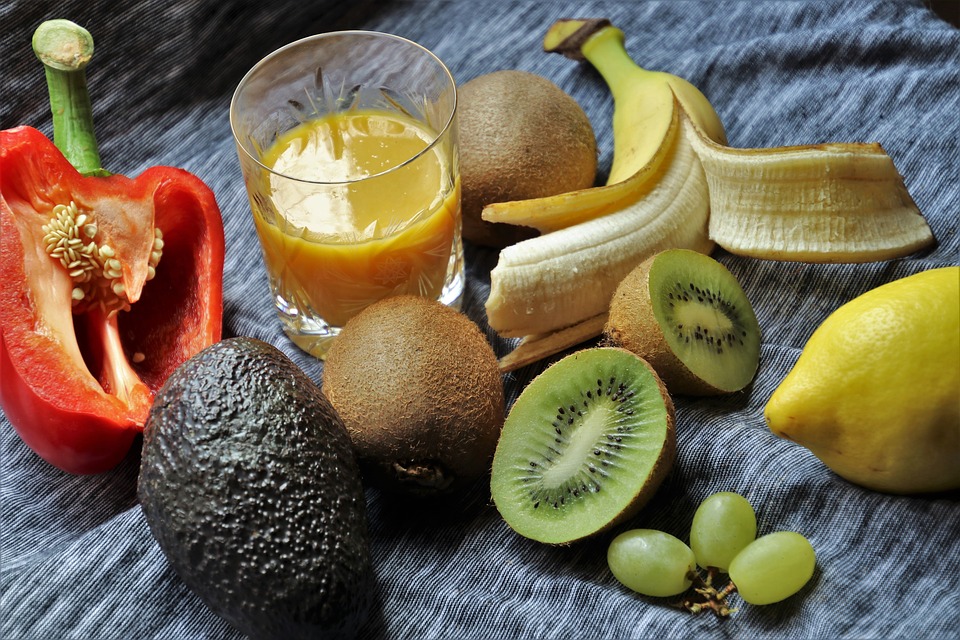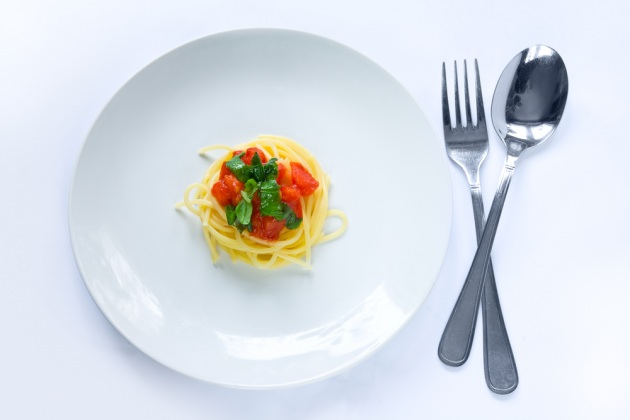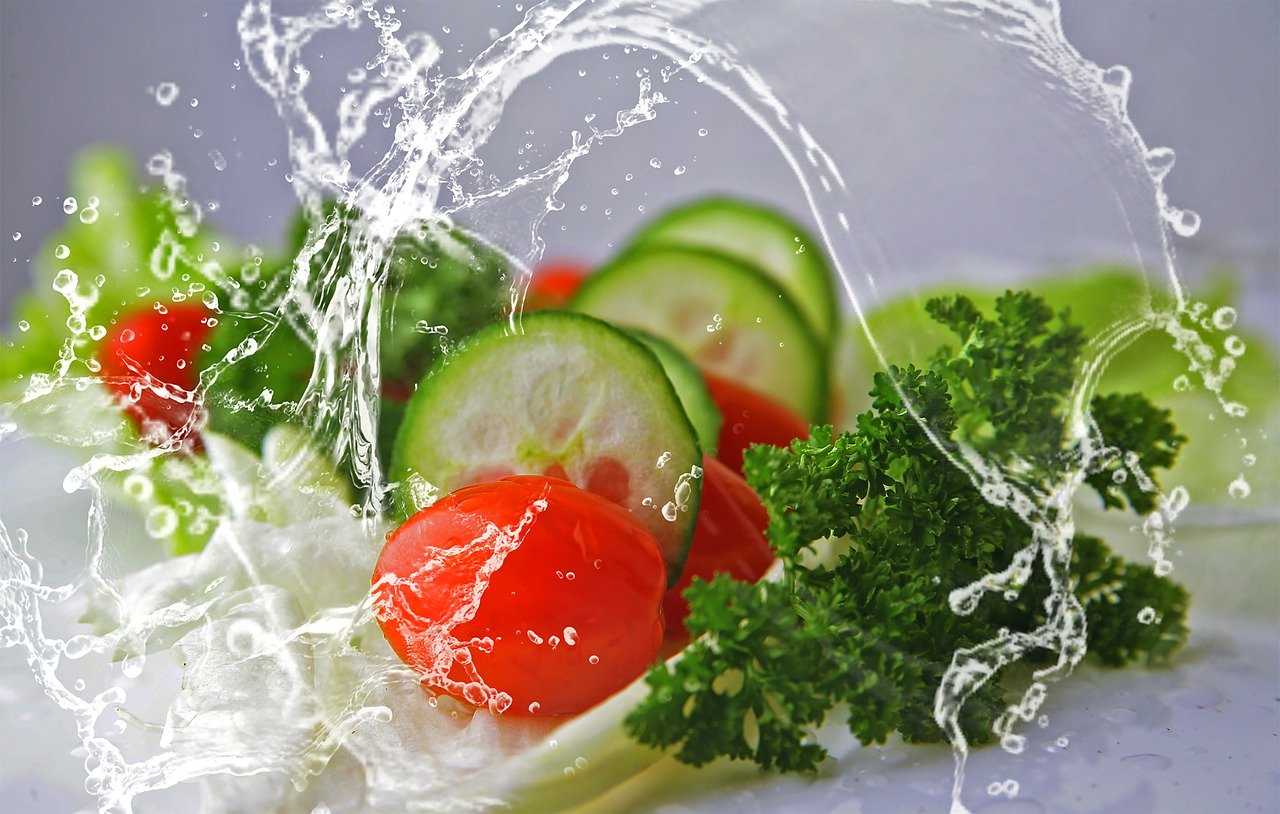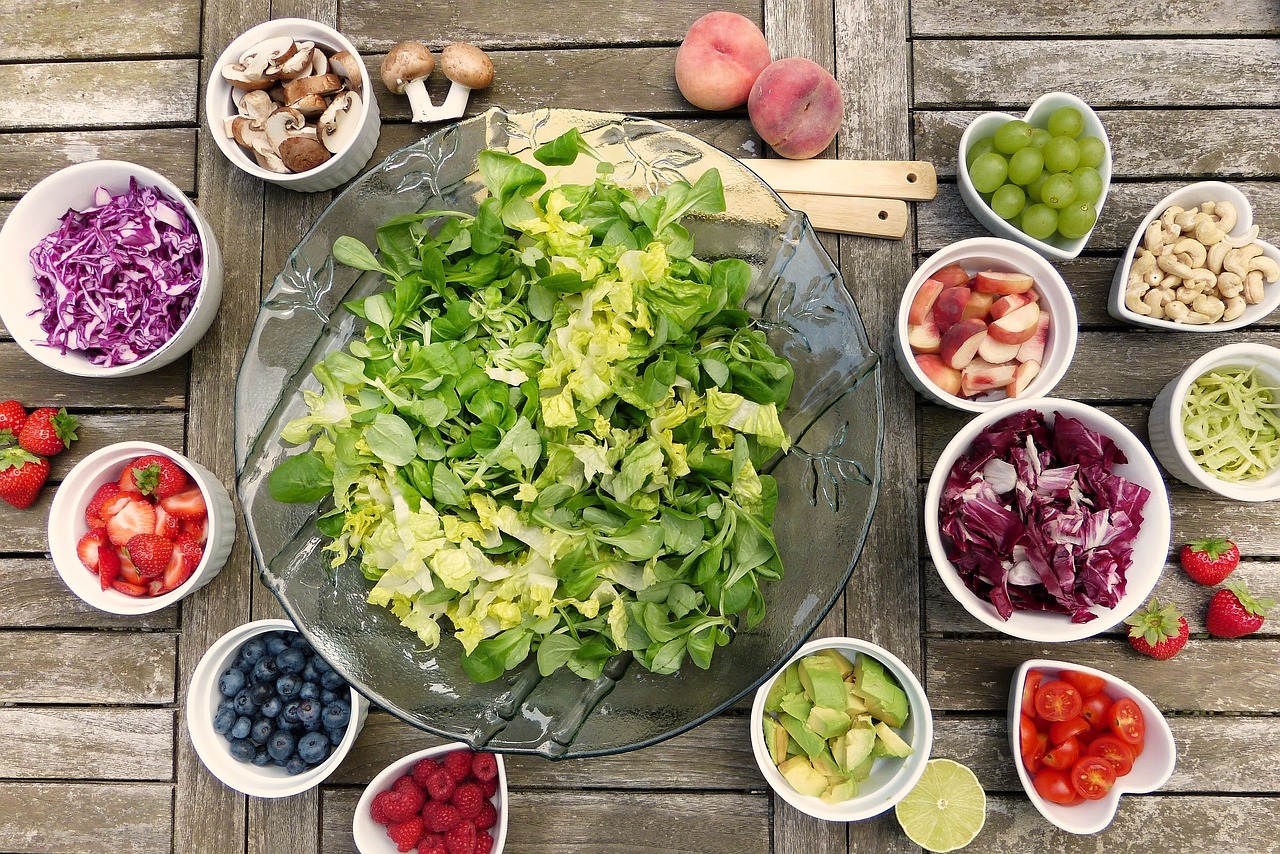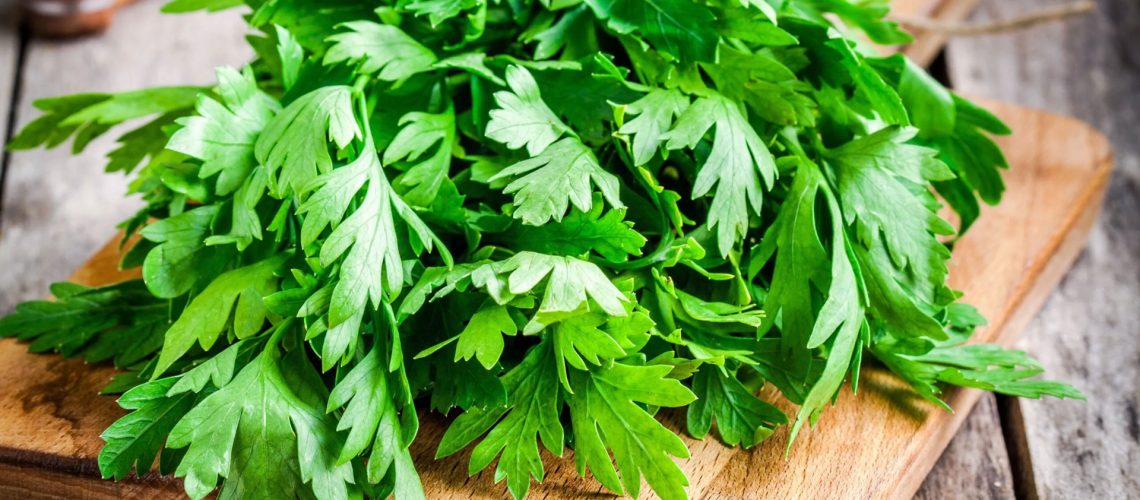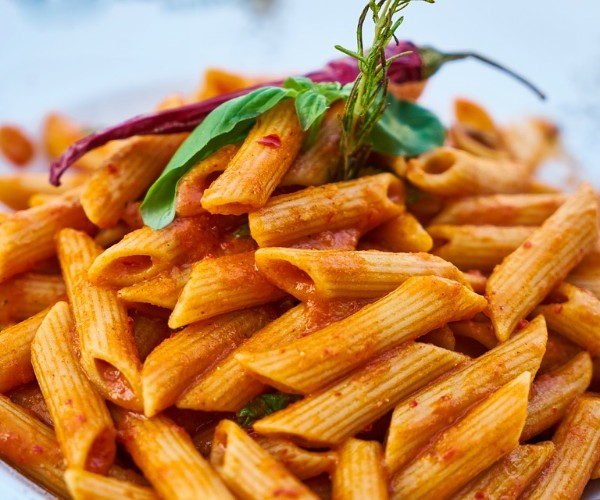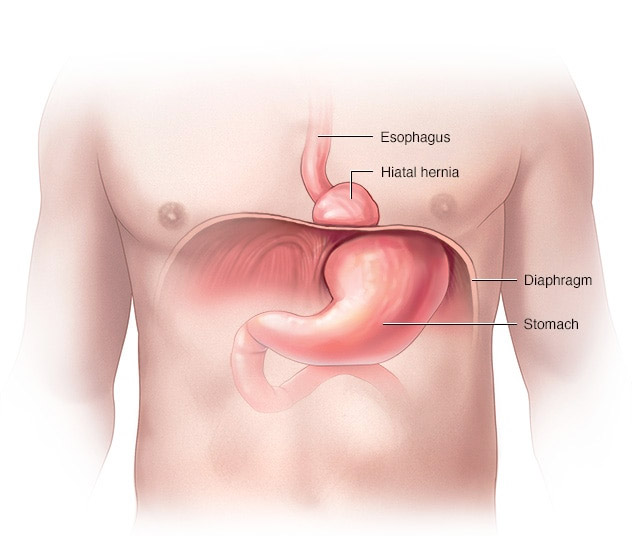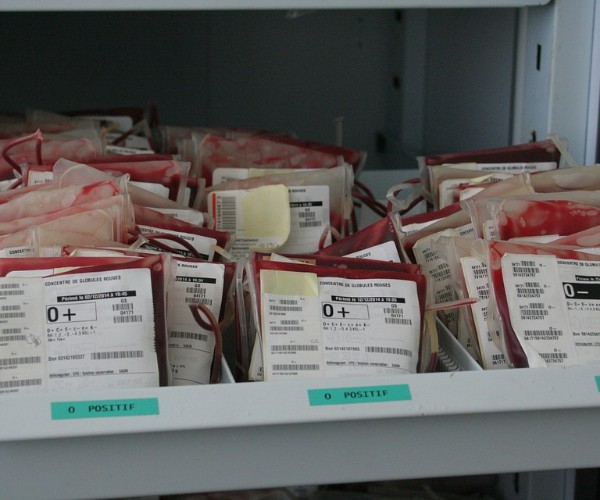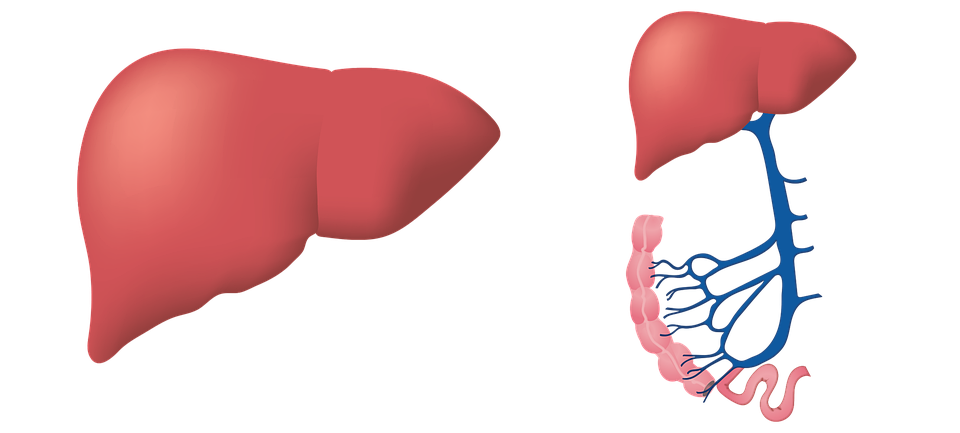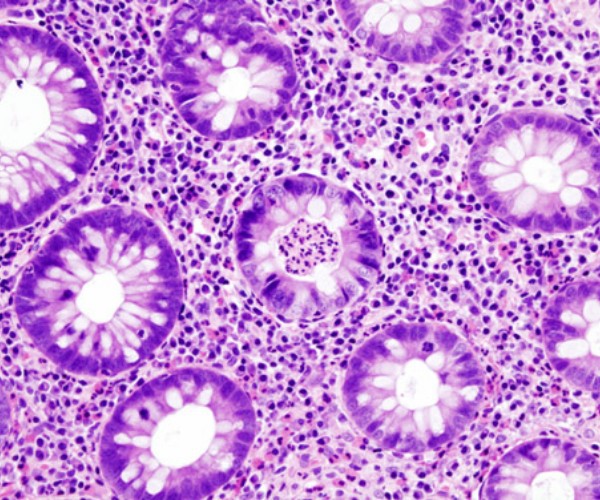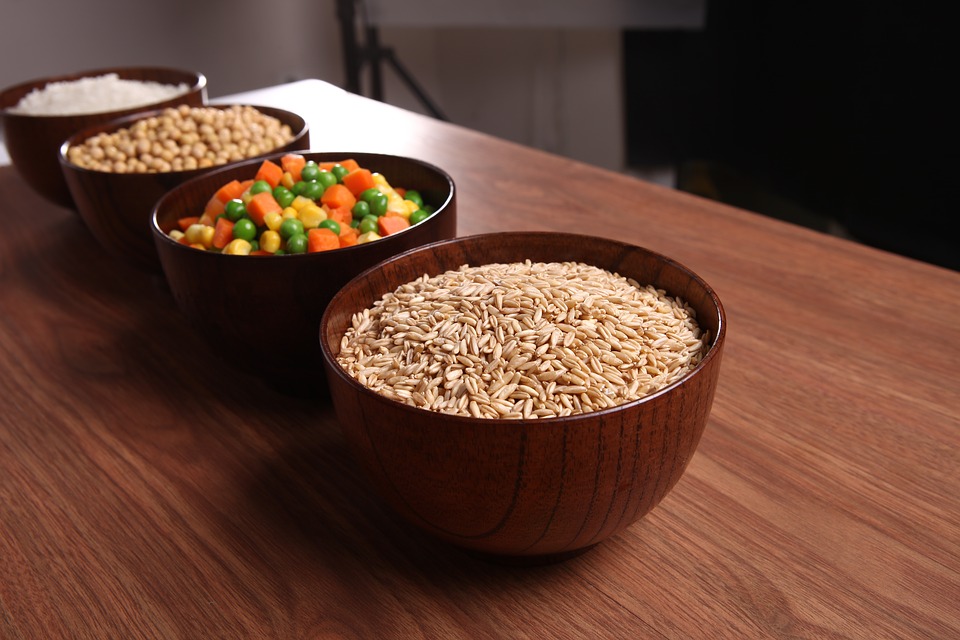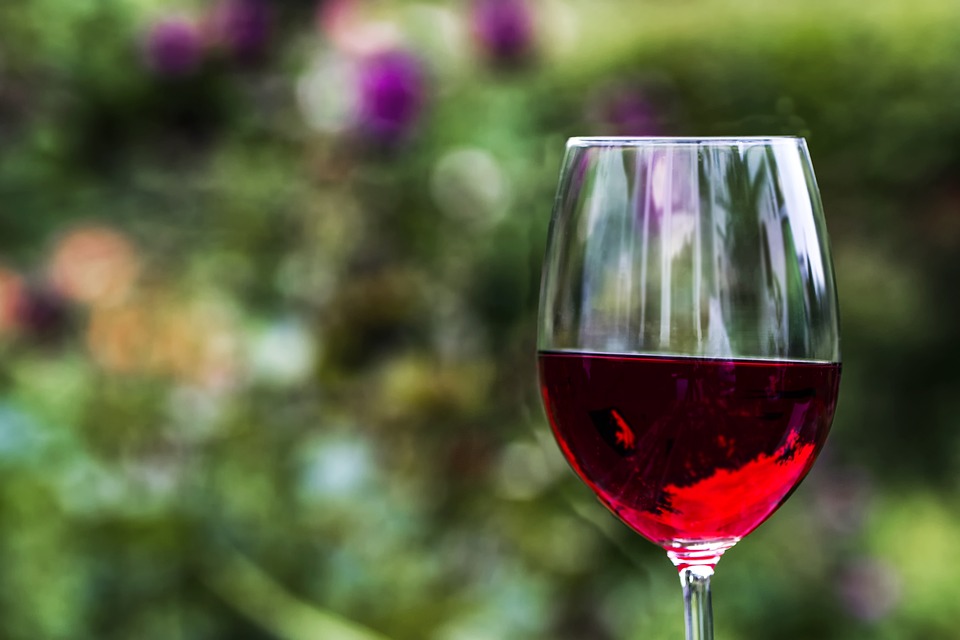“Being like parsley“: everywhere. This well-known saying is not simply popular; in fact, it seems to have roots going back in history. There are many other legends and myths associated with this herb that is depopulated in our and the Mediterranean cuisine: the reasons? They are several: the particularity of parsley’s aroma, the versatility of its use, and the ease of being able to have it always present, in summer as in winter on the balcony or in the vegetable garden, in the flavor corner or in the refrigerator. Last but not least, parsley even has good uses for its properties in medicine and cosmetics.
Name and habitat. “Petroselinum Hortense”: this is the compound name, in botany, for parsley derived from the Greek: “petroselion sativum.” Specifically, petro-selion means stone (petra) and celery (selinon): the two terms put together translate to “celery that grows on stones”; indeed, it seems that parsley grew wild among the cliffs of Macedonia. While sativum means suitable for cultivation. This may explain the wide distribution of this herb, which originated in the territories of the eastern Mediterranean area: it seems, according to recent research, that its birthplace is even Italian-Sardinia-from where it would then spread to all the countries of southern Europe. Today in Italy it is widely cultivated and found in areas with a mild climate, in southern Italy, for example in Apulia but also in Tuscany and Emilia Romagna. Identifying it best, parsley is an aromatic herb that belongs to the Umbelliferae (or Apiaceae) family, which also includes other well-known and commonly used spices and plants, such as celery, cumin, and fennel. It has a stem, thin, which can reach a height between 15 and 80 centimeters, bright green leaves slightly triangular in shape with edge is jagged, flat or curly. These two characteristics also identify the two varieties of parsley: the curly-leafed variety grown mainly beyond the Alps, and the smooth-leafed variety widely used in Italy, including “Common” and “Giant of Italy,” found on most ‘national’ balconies and vegetable gardens. It is a perennial aromatic herb if wild, but only biennial if cultivated. It loves mild, Mediterranean climates and therefore sunshine. It attches easily as a semiselvaceous plant in meadows and deserted places, and its spread is said to have been facilitated initially by birds scattering its seeds.
A ‘sacred and ancient’ aromatic herb. Parsley has been known since ancient times, prized for its medicinal properties, mystical beliefs, and culinary uses that only appeared in the tradition since medieval times. Here is what myths and legends report:
- the ancient Greeks believed that its use could stimulate appetite by giving cheerfulness, so it was often used to make decorations to adorn the head during banquets. They also considered it a sacred plant: that is why they wove it into crowns to offer to the winners of the Isthmus games and decorated their bedrooms with it. But not only that: Greek mythology also associates it with the hero Archemorus, herald of death, so they often adorned the graves of the dead.
- The Romans were the first to use it in cooking, but mainly to remove bad odors and as an antidote against intoxication.
- Homer relates that the Achaeans used to feed it to horses to make them run faster, and that the Romans used it for medicinal purposes. In the past it was in fact a therapeutic tool: Pliny himself mentions its medical properties; Scribonius Largo, a Roman medium of the first half sec. 1st AD. C., in his work “De compositione medicatorum” lists parsley as an effective remedy for kidney stones; the Pharmacopoeia Londinensis lists parsley among the roots that can aid digestion. In some regions, an ointment of parsley and snails pounded in the mortar was used to treat abscesses, scrofulculosis (a form of tuberculosis) and fight lice, while balls of leaves pounded with oil and salt were introduced into the ear to soothe toothache; in the 1st century AD, Dioscorides described it as a diuretic plant, emmenagogue (to promote the menstrual cycle) and soothing of visceral pain. Traditionally, parsley seeds have been used in Asian countries and India to treat dysmenorrhea, that is, menstrual pain. Finally, in the past it was also widely used to combat halitosis because of its antiseptic properties.
- The Etruscans used it in familiar pharmaceutical preparations, expert beekeepers discovered its potential in soothing insect bites, or it was the main ingredient in an ointment that “worked miracles.” Finally it was also employed in propitiatory rites.
- Parsley in the past has always been used for therapeutic purposes: as a traditional remedy for purifying the urinary system, as an aid against fluid retention, and as a relief in painful menstruation. But also to aid digestion, lower blood pressure, improve allergies, asthma and bronchitis, freshen breath and provide relief from insect bites.
- It arrived in central Europe thanks to Roman legionaries, while in northern Europe parsley spread during the Middle Ages. At this time it began to be added to dishes and became more commonly used. It seems to have been introduced by Bartolomeo Scappi, master cook to popes and cardinals in the 16th century, who in one of his works on the art of cooking testifies to a predilection of Pontiff Pius IV for fried frog legs with garlic and parsley and describes a dish “Heads of sturgeon and ombrine cooked in bianco, served with petrosemolo and yellow flowers,” prepared for the lunch of Pius V’s second coronation. Parsley’s fame has continued to grow over time until it has become not only an important ingredient in our cuisine, but also a universal remedy for all ills: hence precisely the saying “always in the midst like parsley,” to indicate people or things that are present all too frequently.
- Countries and regions such as southern Italy, Algeria and Tunisia were among the first producers of parsley.
In the kitchen: how to use and store it. Parsley is among the most widely used and appreciated herbs for flavoring dishes: from first and second courses of meat and fish to the preparation of appetizers, sauces and gravies, and even for decorations. Parsley has the ability not only to flavor dishes but also to enliven the aroma of other herbs and spices: however, to enhance its goodness and aroma, fresh and persistent, one must know how to use and store it properly. Here are some rules.
- Parsley should be added chopped to recipes only at the end of cooking to preserve its flavor, organoleptic qualities and multiple beneficial properties. In fact, heat destroys essential oils, changes their aroma, and causes them to lose their freshness.
- You can store fresh parsley in the refrigerator, in a plastic food bag-it will stay ‘good’ for about 3 days. Alternatively, you can freeze it in the freezer so that it is ready for use all year round.
- It should, however, be stored in a cool, dry place, away from sunlight, in an airtight jar: so the aroma will linger for longer.
- When flavoring with parsley, adding a few drops of lemon can enhance the freshness.
- The mix of oil, minced garlic, chopped thyme, rosemary, oregano, and lemon juice to shredded parsley leaves are the basis for an excellent salsa verde to accompany meat dishes.
Other practical uses. Did you know that.
- Chewing parsley can help eliminate bad breath, especially after consuming garlic.
- Parsley is used in the cosmetics industry to prepare soaps and body lotions, especially indicated for dry skin.
Growing in pots. Parsley grows well both in pots and in the garden. It needs temperate climates and is ill adapted to too cold temperatures. The Italian climate, and especially that of the South, is therefore considered ideal for the cultivation of this plant. It also needs to be watered often, as it needs moisture, but it survives even in very harsh conditions.
- Sowing: the best time to plant it is around March-April, to enjoy it in autumn it should be sown in May-June, and to harvest it the following spring in September-October. A fairly deep pot should be chosen because the roots tend to grow deep, taking care to keep the soil well moist and at a temperature of 18°, so that after about a fortnight the first shoots can already sprout, while at a lower temperature growth will be slower. In the case of sowing in the vegetable garden, it will be necessary to wait until outdoor temperature does not fall below 7°C. Or you can bury the seeds in an earthenware container in parallel rows an inch or two deep.
- Soil: Parsley prefers fertile, well-drained soil, so before planting it will be necessary to work the soil thoroughly, especially if it is particularly compacted, and to fertilize it.
- Exposure: The pot should be placed in a sunny spot, but with some shaded areas especially during summer. This applies to both potted and in-ground cultivation. even when sowing seeds in trays, this should be stored in a shady place, at a temperature between 20-26 degrees: therefore, to keep the temperature constant, it will be necessary to cover it with a transparent plastic sheet, which should be removed as soon as the seeds germinate. Once ready, the strongest seedlings will need to be selected and planted.
Irrigation. The plant will need to be watered daily, but without overdoing it. Any water stagnation in fact could damage it, however, making sure that the soil always remains moist and does not dry out between watering.
***
Collection. It usually occurs during the hot season. However, already about a couple of months after planting, the first cuts can be started, taking care to always leave a few inches of stem so that it can grow back allowing for other crops. in fact, the rapidity with which parsley develops allows for multiple cuts over the course of the year, so it will be necessary to thin it occasionally, leaving about 20 centimeters from one head to the next.
One tidbit we learn from gardeners who seem to grow parsley next to roses to keep them healthy and improve their smell. But also near tomatoes, because parsley attracts bees as the main pollinator of this vegetable.
Finally, one last curiosity about parsley: its particular scent comes to it from the essential oil, an active ingredient it contains, but one that we can find in many other herbaceous plants, characterizing them with a very personal and particular touch, precisely.




